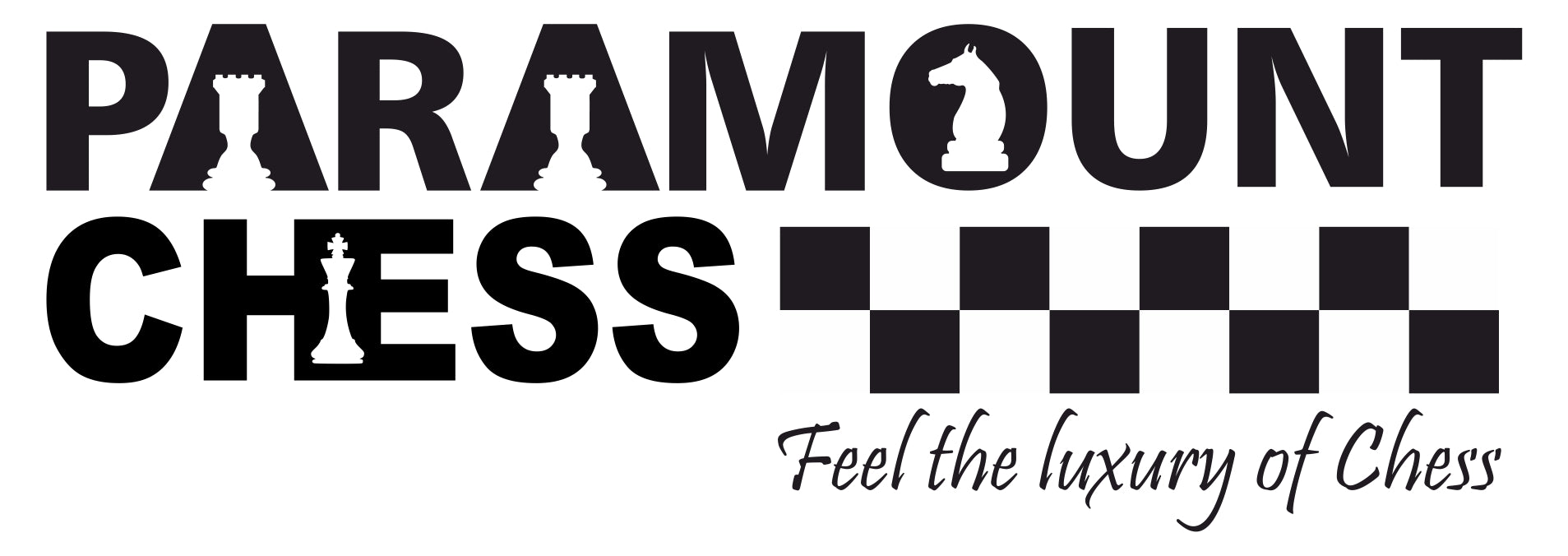
The English Opening is an opening that is characterized by the c4 move from White. It is named after the unofficial World Champion Howard Staunton. This is because in the 1840s this opening was often played by Howard Staunton. It is a hypermodern, flexible and dynamic chess opening. Due to its flexibility, it is one of the most sought after openings for white. Grandmasters of the previous generations such as Garry Kasparov, Anatoly Karpov, Mikhail Botvinnik and Bobby Fischer have used this opening widely. In fact, even todays grandmasters Magnus Carlsen and Hikaru Nakamura use this opening frequently. The Encyclopedia of Chess Openings (ECO) classifies this opening under the categories from A10 to A39.

Pros and Cons of the English Opening
Some of the advantages of this opening are:
- Right off the back you can see white is fighting for the d5 square that is essential to its conquest of the center of the board
- Moreover, this opening involves the c pawn for defending and gaining control of the center. This goes a long way in pawn development
- If white manages to build a sound pawn structure and develop its pieces it will be difficult to stop a Queenside attack for black
Some of the disadvantages of this opening are:
- The pace of development is often slower as compared to other more aggressive openings. This can be taken care of by transposing into an aggressive attack
- The asymmetrical nature of the pawn structure does not allow white to launch a lot of attacks
- Following from the previous point, it allows black to put a strong pawn on the e5 square

There is only one move involved in this opening and that is:
- c4
Now is a good time to review the all important chess notations to have a better understanding of the variations below. Check out our article on chess notations here:
.
Let us now learn about some of the variations of the English Opening
.
King’s English Variation
At first this might look similar to a Sicilian Defence with reversed colours. However, this is not the case. Gameplay often takes a different direction from the Sicilian. Black is naturally less inclined to for some of the sharpest, most double edged continuations. Black’s main idea at this point is to gain control of the center of the board using its pawns. This will allow it to take control of the d4 square and make way for its bishop to move about. One great aspect of this variation is that it is one that promotes rapid development. This capitalizes on the slow development that white endures in this opening.

There is only one move involved in the King’s English Variation and that is:
- c4 e5
White on the other hand may play in Sicilian fashion. This will result in a loss of tempo and allow White to dominate the Queenside. The highly imbalanced position makes it ideal for white to transpose into an aggressive attack.
Myers Defence Variation
In this variation, a highly eccentric move is played on black’s part. It does not seem to conform to any strategy and is sure to perplex any opponent that is not familiar with this variation. It is actually a much more improved version of the Grob’s Attack. This variation takes advantage of the high flexibility of the English opening. It is ideal and highly beneficial to those players comfortable with the Grob’s Attack.

There is only one move involved in the Myers Defence variation and that is:
- c4 g5
Symmetrical Variation
In the symmetrical variation, black mainly copies whites moves and it is actually a very solid variation of the English opening. Black blocks the c4 c5 pawn chain from white that may threaten control of the center of the board. This could result in a number of different structures depending on the progress of further gameplay. Despite that, it is a safe opening for black that fights for the d4 square from the sides.

There is only one move involved in the Symmetrical variation and that is:
- c4 c5
Naturally there will be quite a few drawbacks of symmetrical gameplay. Most notably, there will be a lack of pace and black would need to figure out a way to develop its pieces well. If it does not, this might very well result in a draw since this variation does not imbalance the board a whole lot.
Anglo Indian Defence
The Anglo Indian Defence is the most common response to c4 from White. This variation too takes advantage of the high flexibility offered by the English Opening. This is a great way for players to transpose into the Indian Defence. Black on the other hand would choose to transpose into either a symmetrical defence or a reversed sicilian.

There is only one move involved in the Anglo Indian Defence variation and that is:
- c4 Nf6
.
Further Reading 1: https://thechessworld.com/articles/openings/the-english-opening-a-solid-weapon-for-attacking-players/
Further Reading 2: https://www.ichess.net/blog/english-opening/



